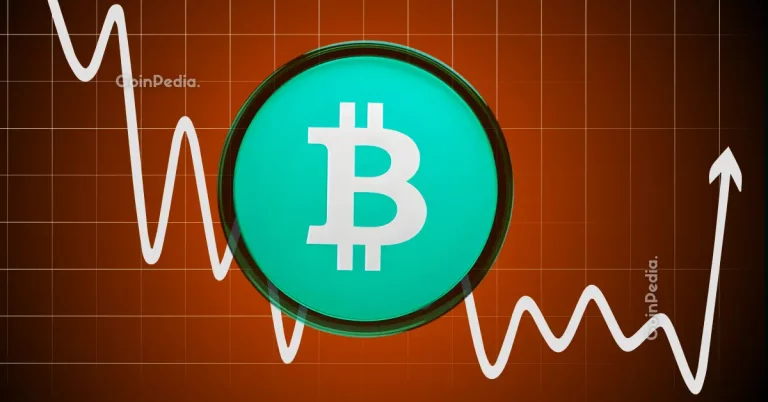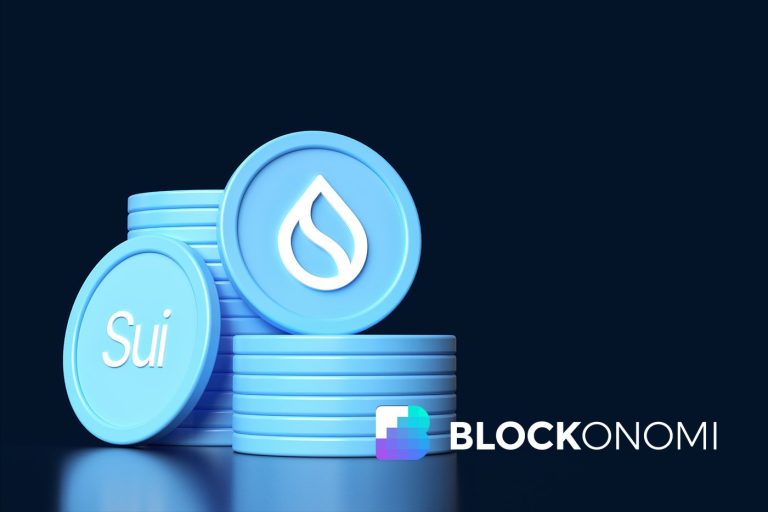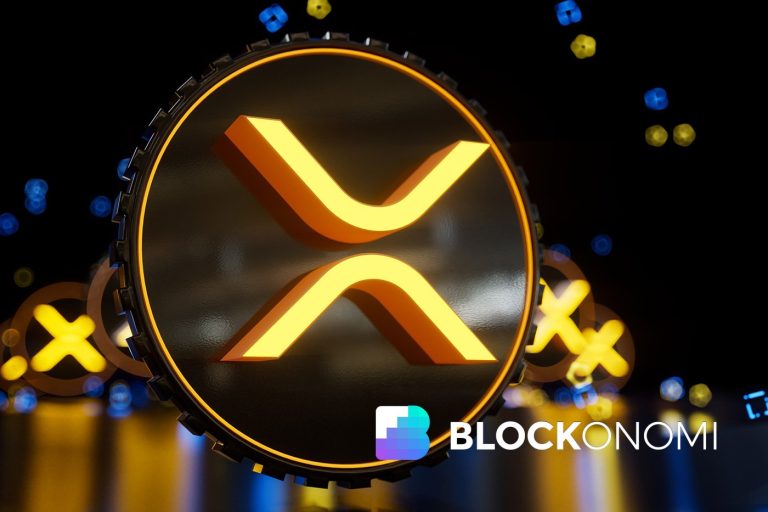
The decentralized finance (DeFi) ecosystem has been abuzz with developments surrounding Lido’s [LDO] latest announcement. The Ethereum staking platform’s plan for a $10 million buyback program, set to commence in Q1 2026, has stirred mixed reactions within the cryptocurrency community. Here’s everything you need to know about the proposal and its potential impact.
Lido’s Buyback Plan: Key Details
Lido, one of the top Ethereum [ETH]-based staking platforms, aims to reduce LDO’s circulating supply and on-chain liquidity through this buyback initiative. The mechanism is tied to specific conditions:
- The price of Ethereum must be above $3,000.
- Revenue must exceed $40 million.
- The annual buyback will be capped at $10 million.
This anti-cyclical approach aligns with strategies seen in competitors like Uniswap [UNI] and Pump.fun [PUMP], where the buybacks are more aggressive in bull markets and conservative during downturns. The plan, estimated to have a modest price impact of around 2%, is expected to enhance liquidity and reduce token supply over time.
Market Reactions and Investor Insight
The market’s initial reaction to Lido’s announcement included a 9% dip in the LDO token’s value, coinciding with a broader cryptocurrency market slump. However, on-chain data provided some reasons for optimism.
Between LDO’s price decline—from $1.5 to below $1—the Supply outside Exchanges metric surged by 37 million tokens, reaching a total of 865 million. This accumulation trend indicates long-term investor confidence in the token. Similarly, leading traders on Binance increased their long positions on LDO to 66%, reflecting a shared bullish outlook.
Why Lido Matters in the Ethereum Ecosystem
Since its launch in 2020, Lido has been instrumental in Ethereum staking. Not only does it allow users to stake ETH and earn rewards, but it also unlocks liquidity through its stETH token, which can be utilized in various DeFi applications. At its peak, Lido commanded over 30% of all staked ETH in the market—a figure that has since contracted to 23% amid increasing competition driven by decentralization efforts.
Despite this, Lido remains a powerhouse in the liquid staking space, generating $94 million in annualized revenue and $284 million in cumulative revenue since its inception. As the buyback program rolls out, it will be interesting to see its long-term effects on the staking platform’s market dynamics and token performance.
Stakeholders Split Over $10M Cap
Critics of the plan argue that the $10 million annual buyback cap is relatively low, especially when compared to players targeting much larger token purchases—some exceeding $30 million monthly. DeFi analyst DeFi Ignas projected that Lido’s buyback would result in repurchases worth $4 million annually, equating to only $333,000 monthly. For comparison, this figure pales in contrast to more aggressive strategies employed by other platforms in the crypto space.
Looking Ahead
As Lido’s buyback strategy unfolds, its impact on long-term holders, traders, and the greater Ethereum [ETH] staking market will be closely monitored. If you’re interested in exploring liquid staking or boosting your Ethereum holdings, it’s important to remain informed on developments like these.
Want to get started with staking ETH or earning additional rewards in the DeFi space? Consider using Lido’s platform, where staking is seamlessly combined with liquidity opportunities.



